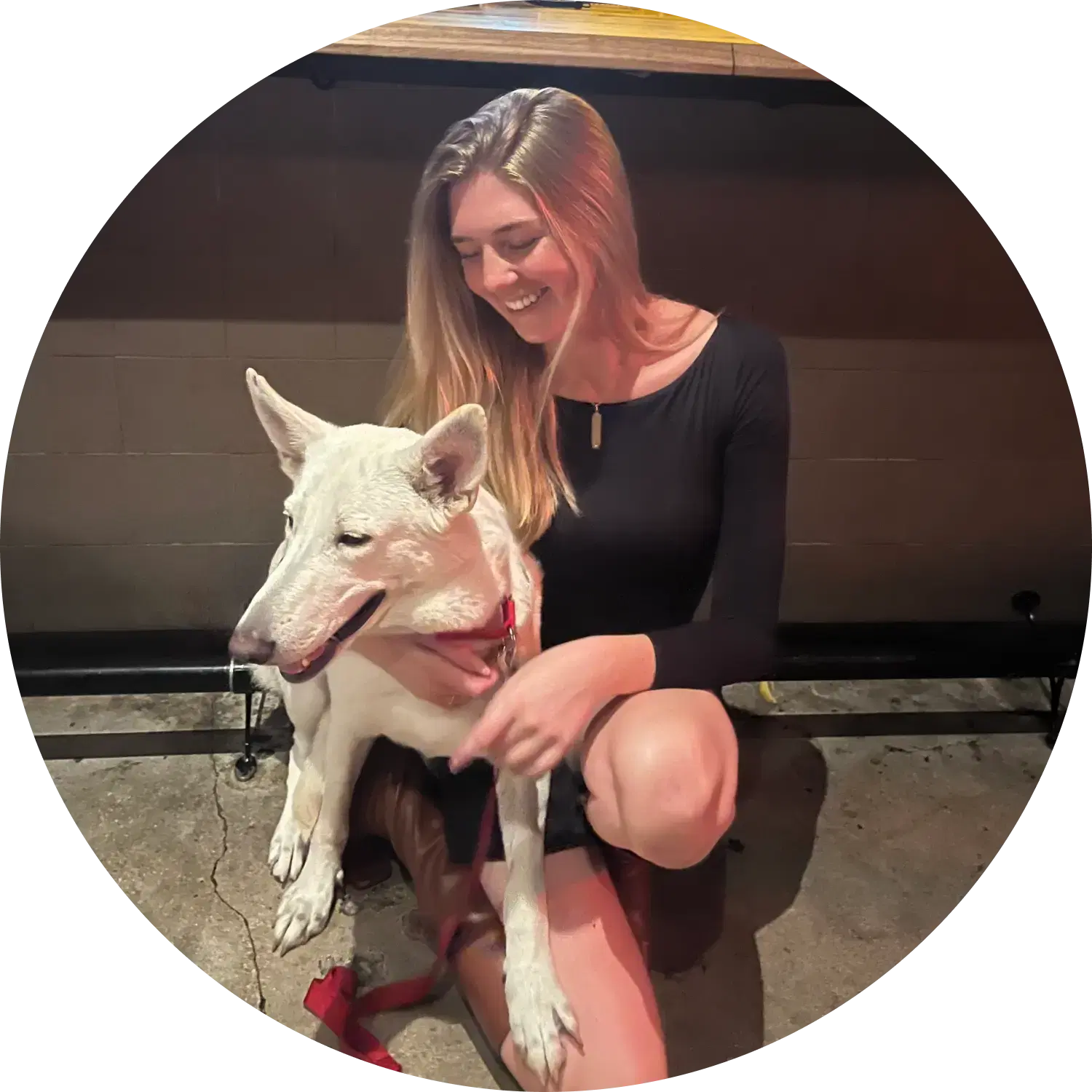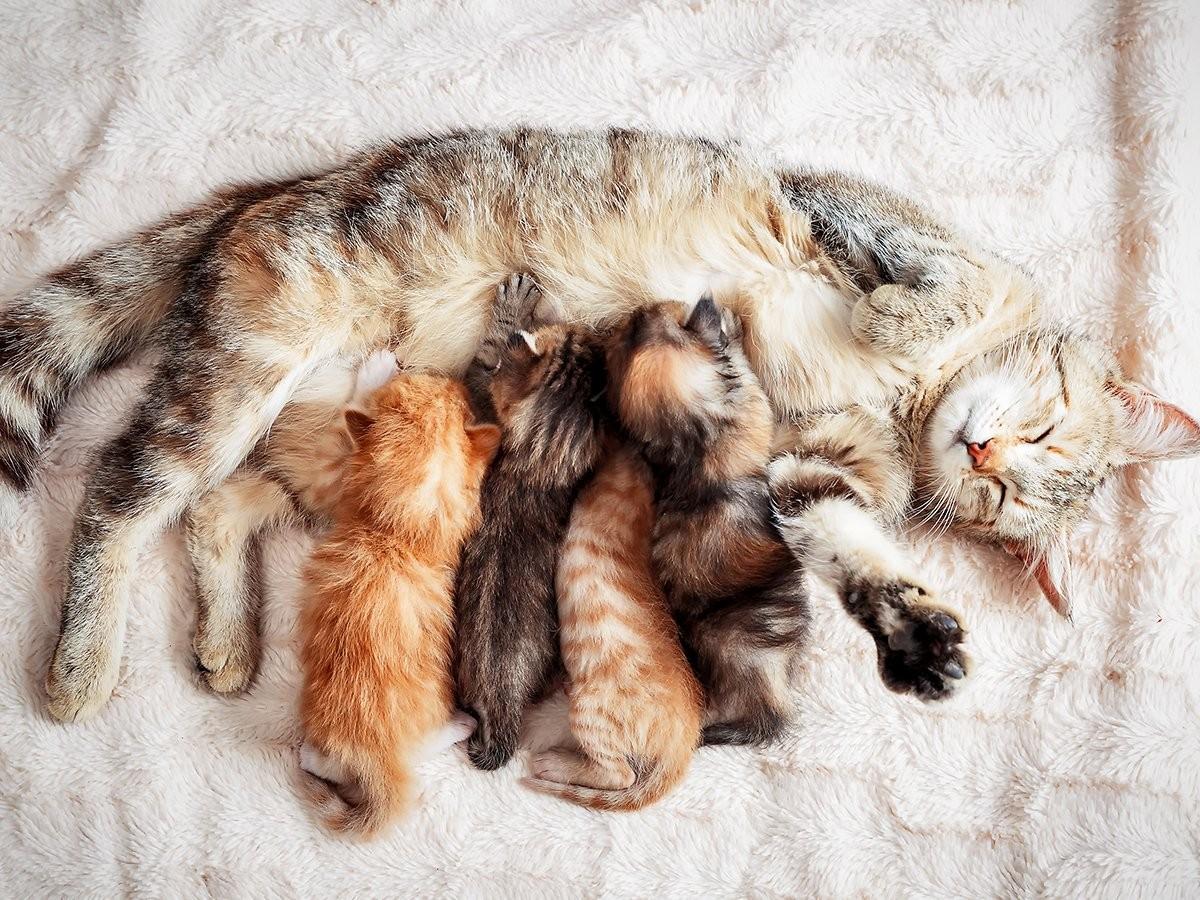Eye infections are quite common in cats and can be caused by viruses, bacteria, fungi, and even parasites. The symptoms of an eye infection, in most cases, are redness, swelling, discharge, rubbing, or squinting. Sneezing and nasal discharge can also become signs. The cause is usually a bit of dirt, debris, or a small bug in them, but sometimes it can be a scratch during a catfight.
The most common problems with eyes include –
Pink eye (conjunctivitis)
Corneal damage
Eye inflammation (uveitis)
Glaucoma
Entropion
Corneal inflammation (keratitis)
Eyelid mass
Now, most of these conditions are occurred due to some external injury or internal disease, but there are some conditions that are unfortunately gotten by their parents as a hereditary diseases or a condition. Myopathy is one of them.
What is Myopathy?
Myopathy is a disease of muscle tissue. It is specific to the muscles that are connected to the bones (skeletal muscles). This disease attack muscle fibers, making your muscles weak. There are two kinds of myopathies. One is inherited from the parent, and the second develops later in life as an acquired condition. It affects all day-to-day activities. People affected with the disease find difficulties in performing basic tasks like bathing, combing their hair, or standing up from a chair.
What has inherited myopathy?
Inherited myopathy is caused by inheriting an abnormal gene from the parent that becomes a cause of the disease. There are four further conditions of it which include the following –
Congenital myopathy – It is a type of inherited myopathy where the symptoms may start early during birth but may not be completely visible until the teen years. Here, the weakness affects all muscles, and it is not progressive in nature.
Mitochondrial myopathy – This is when there is a defect in the energy-producing cells of the body, mitochondria. Muscle weakness is coupled with disorders in the heart, brain, and gastrointestinal tract here. This can occur even without any family history due to gene mutation.
Metabolic myopathies – This is a defect in the genes that code for enzymes that are needed for normal muscle function and movement. The symptoms here are exercise intolerance, muscle pains typically in the shoulder and thighs, muscle fiber contraction, etc.
Muscular dystrophies – The progressive degeneration of muscle tissue due to abnormal or insufficient structural support proteins being present is known as muscular dystrophies. Arms and legs are usually involved here, sometimes even including eyes or face.
Hereditary Myopathy in Cats
The definition and types of myopathies are the same for cats as for humans. They may be present at birth (congenital) or occur due to nutritional imbalances, muscle injury, ingestion of a poisonous substance, cancer, metabolic disturbances, and inflammation. It is usually caused by a deficiency of dystrophin, a muscle-membrane protein. It is a generalized muscle disorder primarily seen in newborn cats or those less than one-year-old.
The breed which is most prone to this condition is the Sphynx. Hereditary myopathy is inherited as an autosomal recessive trait in Sphynx cats. This means that cats that inherit two copies of the gene mutation – one from each of their parents – will develop the condition.
Symptoms of Myopathy in Cats
The common signs of myopathy include –
Vomiting
Stiff gait
Exercise intolerance
Weakness
Downward flexion of head and neck
Muscle swelling
Muscle pain – especially when muscles are touched
Regurgitation of food
Skin lesions, such as in dermatomyositis.
How is myopathy in cats diagnosed?
The entire health history of the Cat will have to be taken into consideration when trying to attempt a diagnosis of the condition. This will include the onset and offset of the symptoms and their severity. The vet will then conduct a complete physical examination as well as a biochemistry profile, urinalysis, and complete blood count (CBC). A muscle biopsy is known to be the most effective test for reaching a definitive diagnosis. Levels of dystrophin will then have to be checked by a veterinary pathologist from the muscle tissue sample sent to them. Read more about Periodontal Disease in Cats
Treatment of Myopathy in Cats
As of now, there are no proven treatments for this condition. This is because, most of the time, it is inherited from the parents. Glucocorticoid steroids are often given to cats suffering from non-inflammatory muscular dystrophy, but their effectiveness is variable, and their exact mode of action in this disease is still unknown.
The only way here is to cure the underlying symptoms. If myopathy is related to an illness, like a virus or electrolyte imbalance, the muscle symptoms will improve when the underlying condition resolves.
Conclusion
Myopathy is a muscular disorder that, in most cases, is hereditary in nature. Nutritional imbalances, muscle injury, ingestion of a poisonous substance, cancer, metabolic disturbances, and inflammation are the other causes of the condition apart from abnormal genes. Unfortunately, there is no cure yet developed for the condition, but the underlying symptoms can be cured. Be a responsible parent, keep checking for signs and consult a vet as soon as you see any of them.
Happy Mood and Health to your Cat, and lots of Love and Purrrss to you!

The resident animal enthusiast at Spot. I have a lifetime of pet parent experience. If it has fur, feathers, or scales, I’ve probably shared my home with it. I aim to be a reliable source, blending experience with a dedication to the well-being of pets.












